Animal rescuers responded to a large-scale dolphin stranding around Cape Cod. Approximately 125 Atlantic white-sided dolphins became stranded in shallow waters.
Rescuers successfully coaxed more than 100 dolphins back to deeper waters. This event marks the largest mass-stranding in the area’s 26-year rescue history.
Dolphin Deaths During Rescue Operation Reported
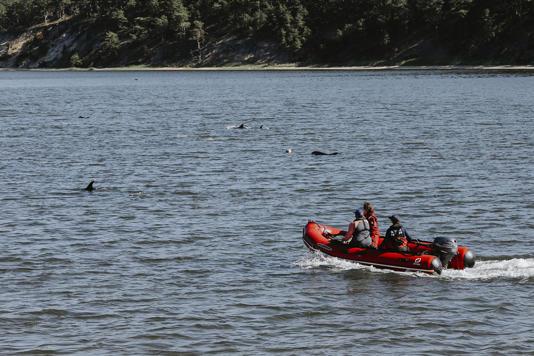
The stranding event resulted in 13 dolphin deaths. Rescuers had to euthanize one additional dolphin.
The International Fund for Animal Welfare (IFAW) led the rescue efforts. Despite the losses, the majority of stranded dolphins were saved.
Cape Cod: Known Global Stranding Hotspot
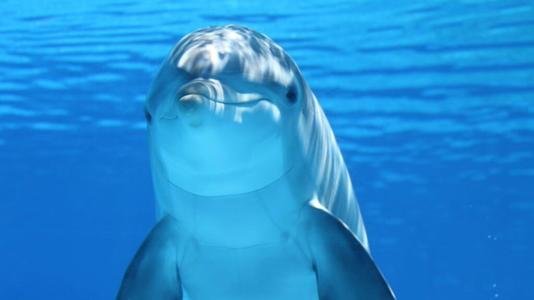
Cape Cod’s geography contributes to frequent marine mammal strandings. The area’s curved shoreline and fluctuating tides create challenging conditions for sea creatures.
Rescuers note there’s no single definitive reason for these strandings. The region’s unique characteristics make it a recognized global stranding hotspot.
First Group of Dolphins Successfully Herded
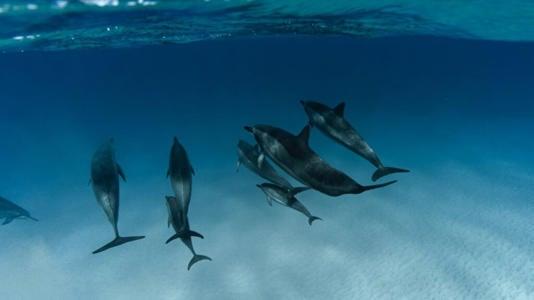
Rescue teams encountered 10 dolphins in dangerously shallow water at dawn. They successfully herded this group into deeper waters.
This early morning rescue set the tone for the day’s operations. Quick action likely prevented further strandings in this area.
Second Dolphin Group Rescued Near Eastham
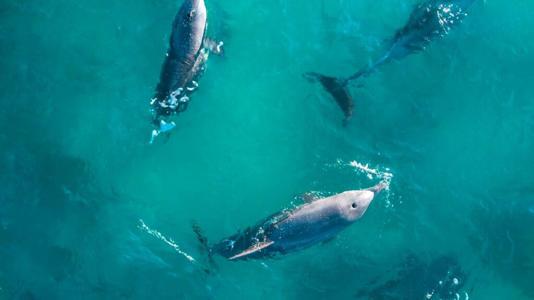
Scouts located 25 dolphins swimming close to shore near Eastham. Teams worked throughout the morning to guide them away.
Dropping tides complicated the rescue effort. Rescuers’ persistence ensured this group’s safe return to deeper waters.
The Gut: Site of Frequent Strandings
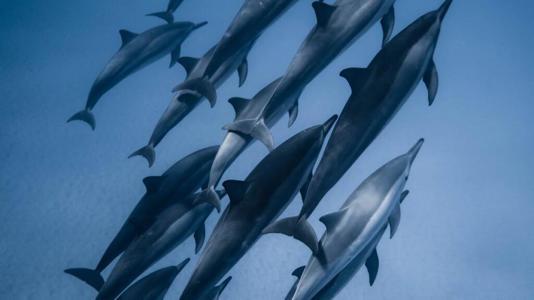
Ten dolphins died during a stranding at The Gut in Wellfleet. The Gut, also known as Great Island, experiences frequent strandings.
Its hook-like shape and extreme tidal changes contribute to these events. This location poses consistent challenges for both marine life and rescuers.
Challenging Conditions for Rescue Operations Reported
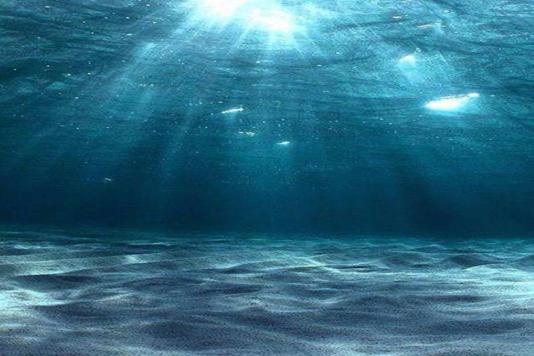
Misty Niemeyer, IFAW’s stranding coordinator, described numerous obstacles during the rescue. Difficult mud conditions hampered rescue efforts.
Dolphins were spread over a large area, complicating the response. The team endured a 12-hour operation in unrelenting sun.
Rescue Teams Employ Various Herding Techniques
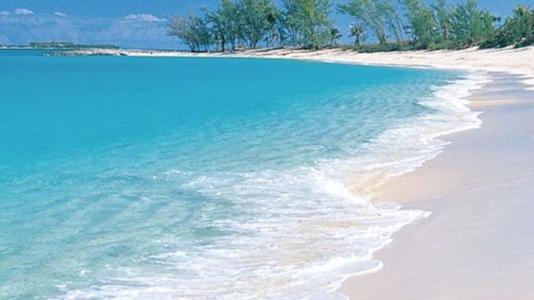
Rescuers initially approached the dolphins on foot. They then utilized three small boats equipped with underwater pingers.
These pingers emit noise underwater to guide the dolphins. The combination of on-foot and boat-based efforts proved effective in this large-scale rescue.
Collaborative Effort Involves Multiple Organizations

The rescue operation involved over 25 IFAW staff members. About 100 trained volunteers also participated in the effort.
Supporting organizations included Whale and Dolphin Conservation and the Center for Coastal Studies. AmeriCorps of Cape Cod and the New England Aquarium also provided assistance.
Atlantic White-Sided Dolphins: Species in Focus

The stranded animals were identified as Atlantic white-sided dolphins. This species is known to inhabit the waters around Cape Cod.
Atlantic white-sided dolphins typically travel in pods, explaining the large number involved in this stranding. Their social nature can lead to mass strandings when one or more become disoriented.

